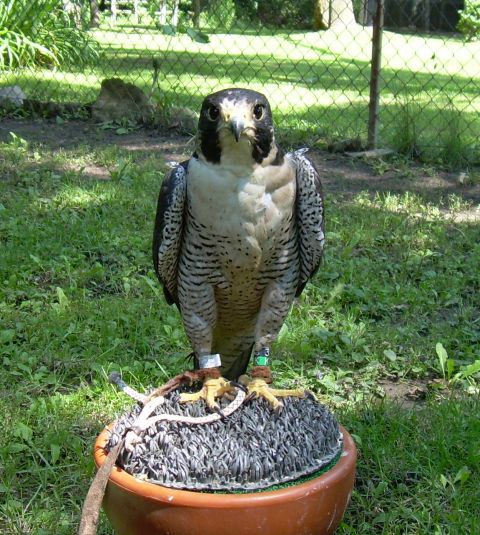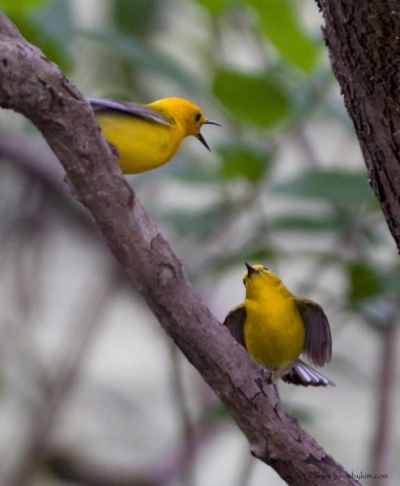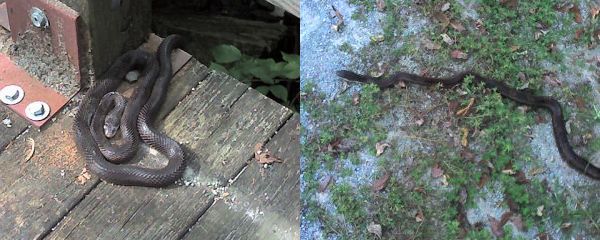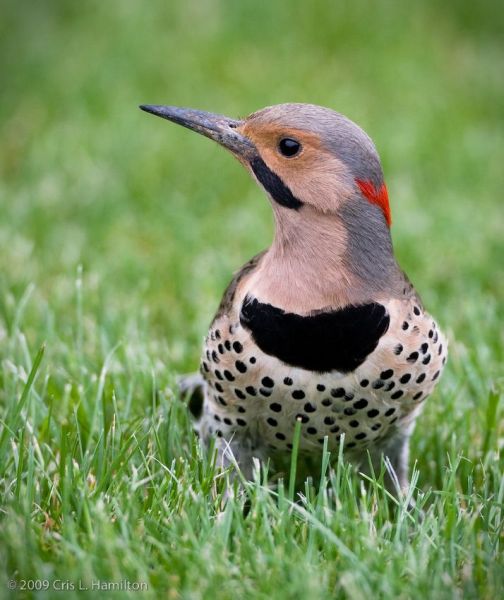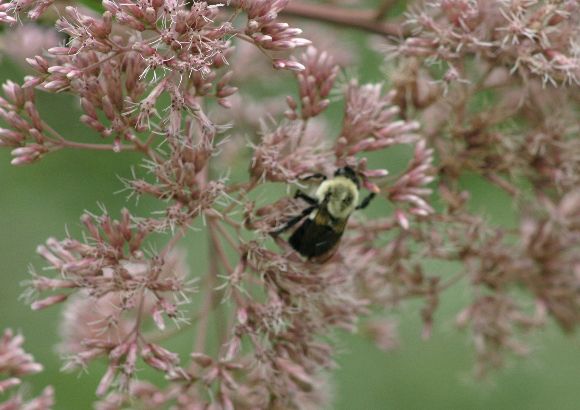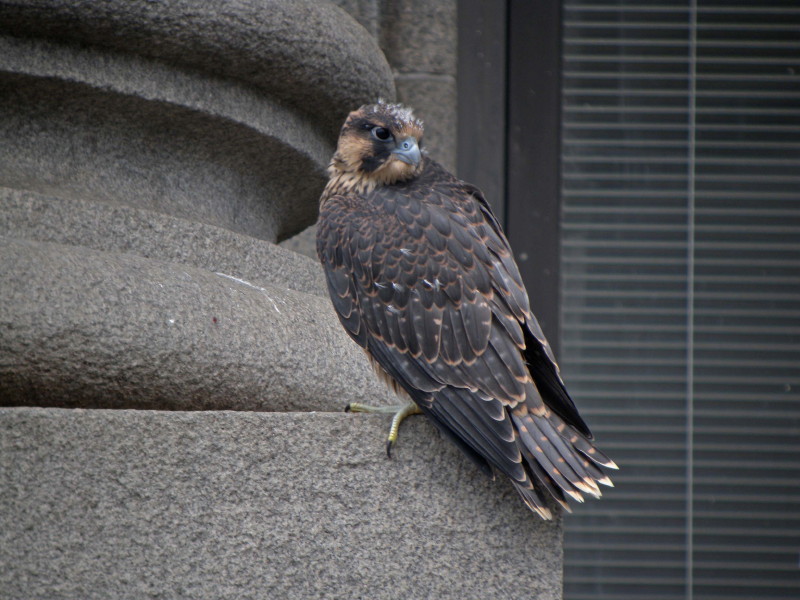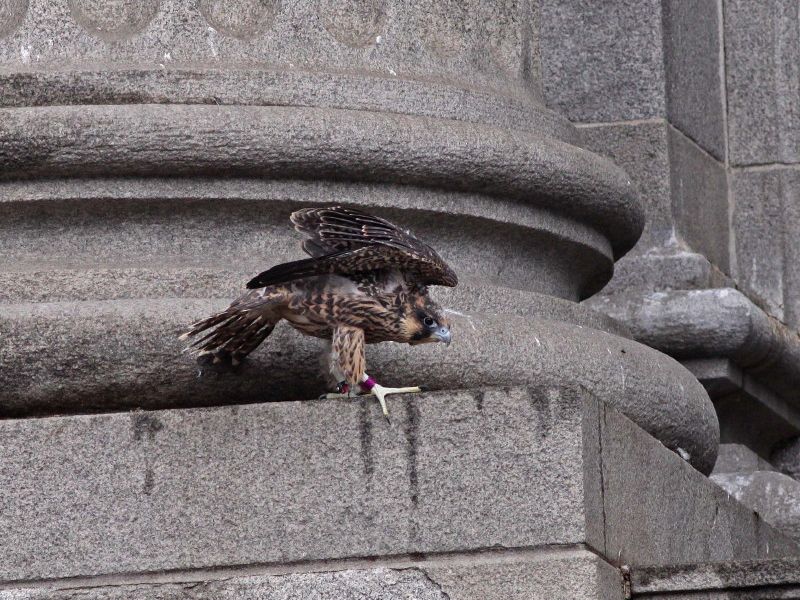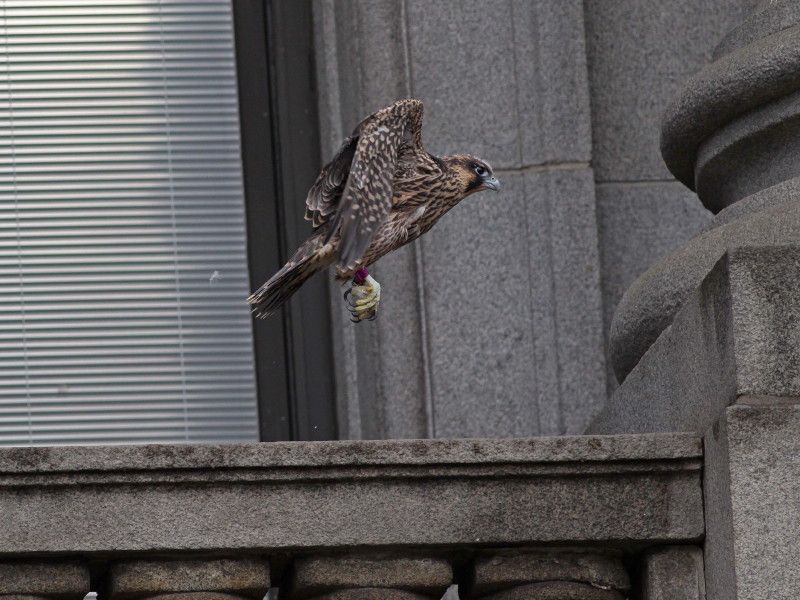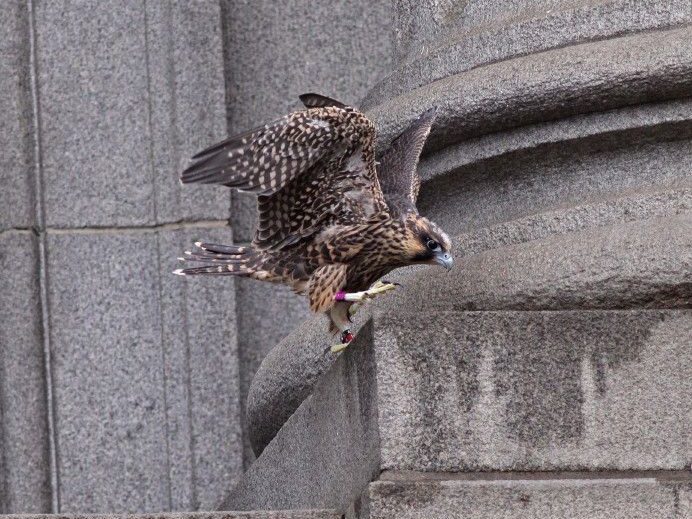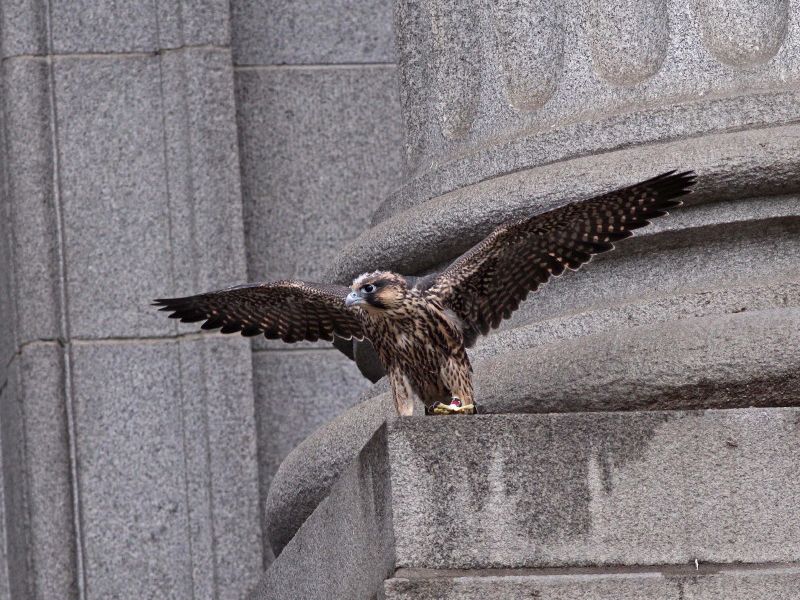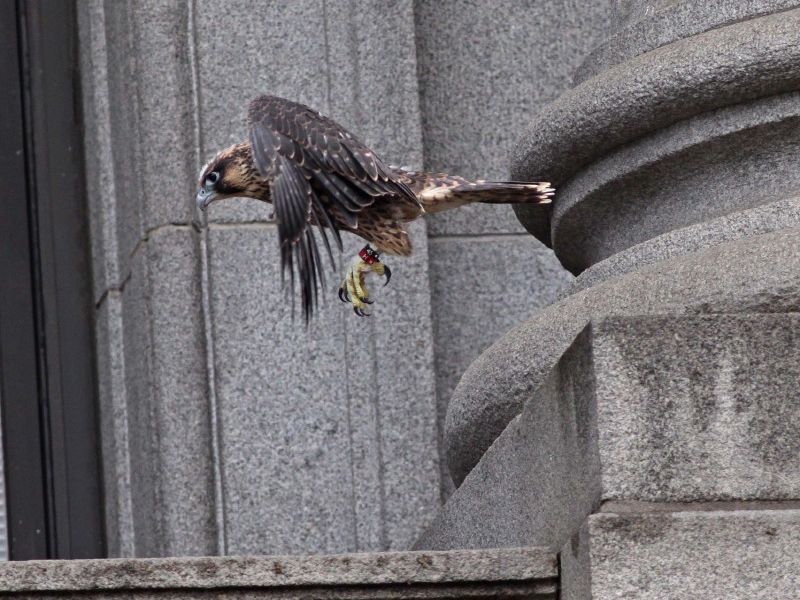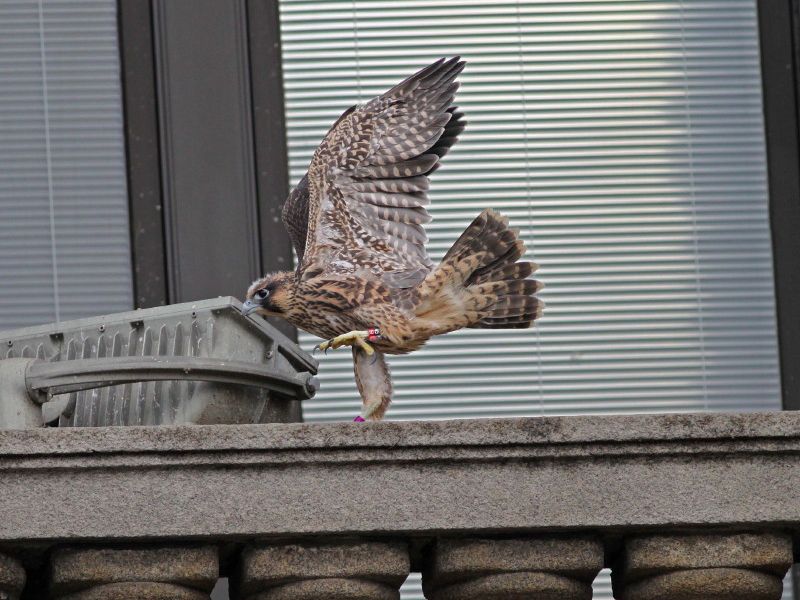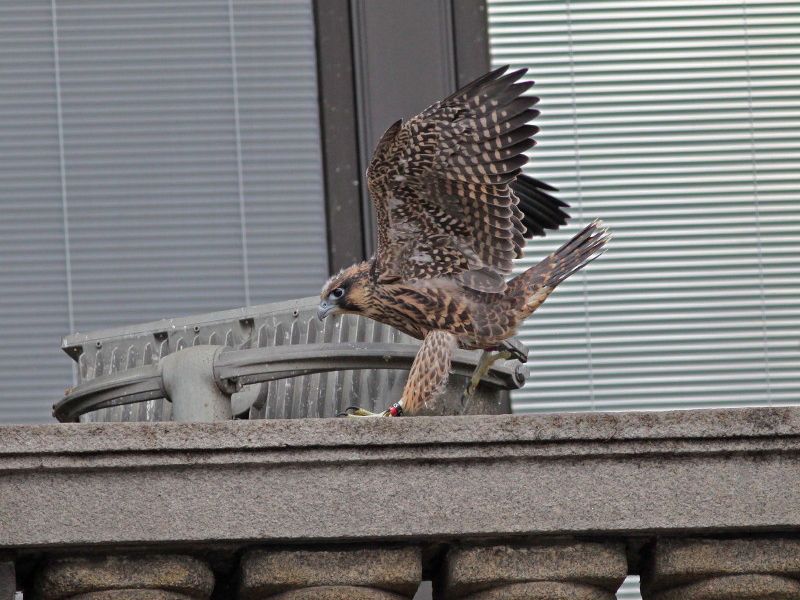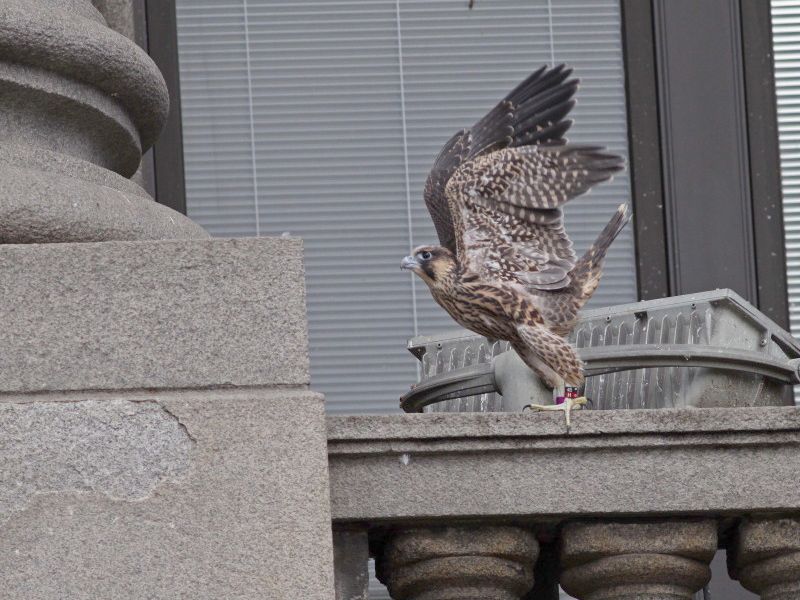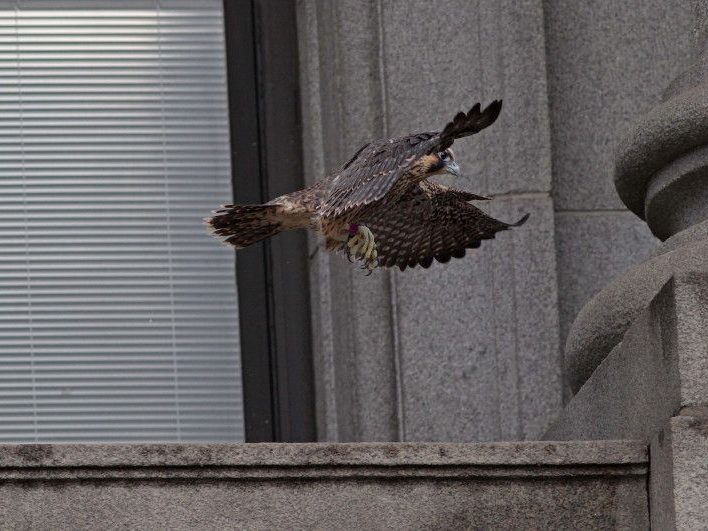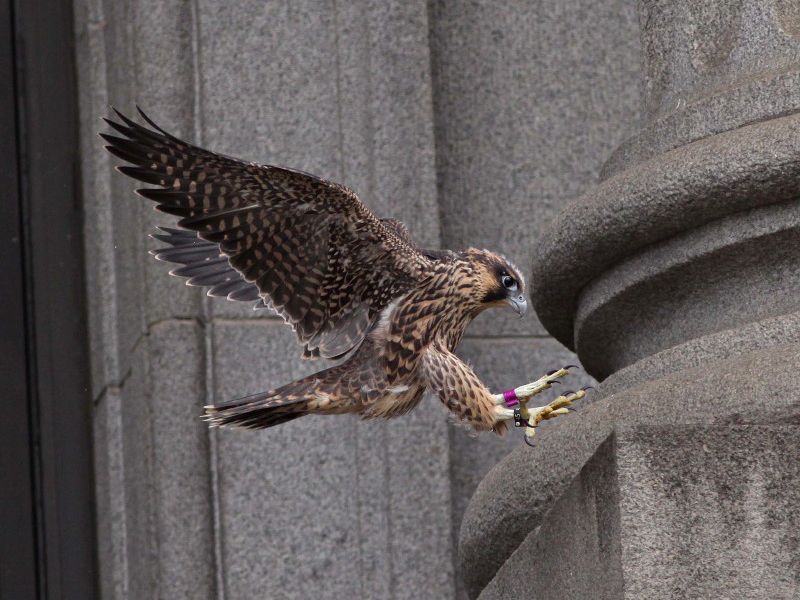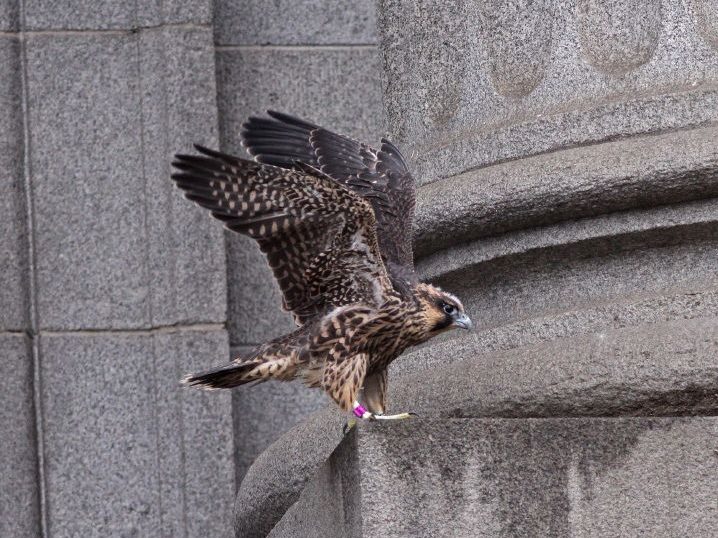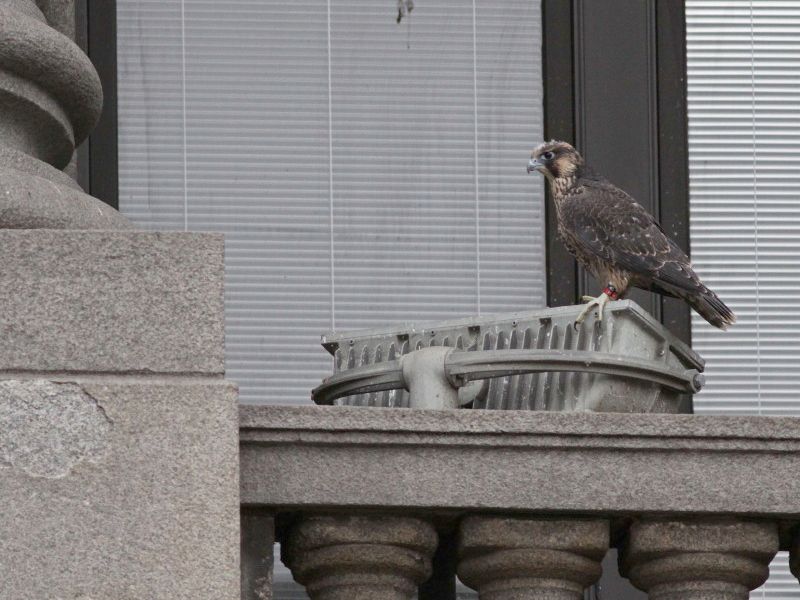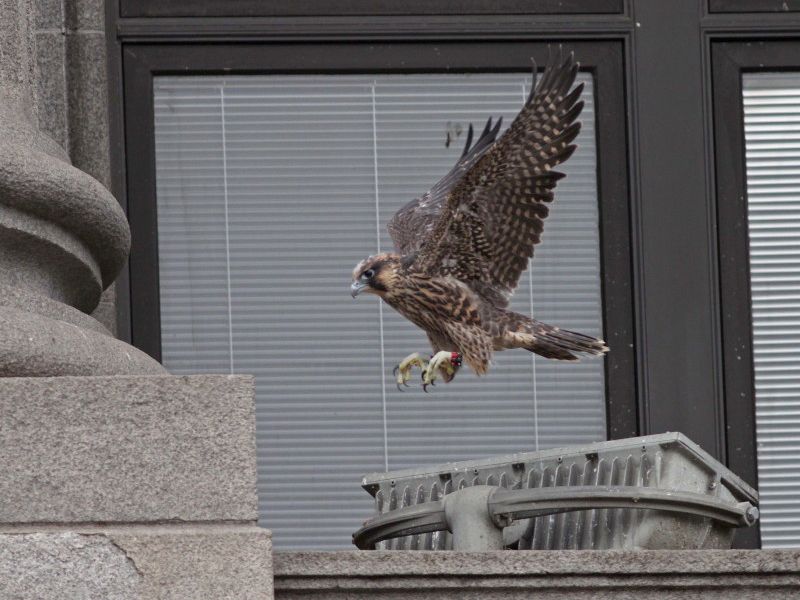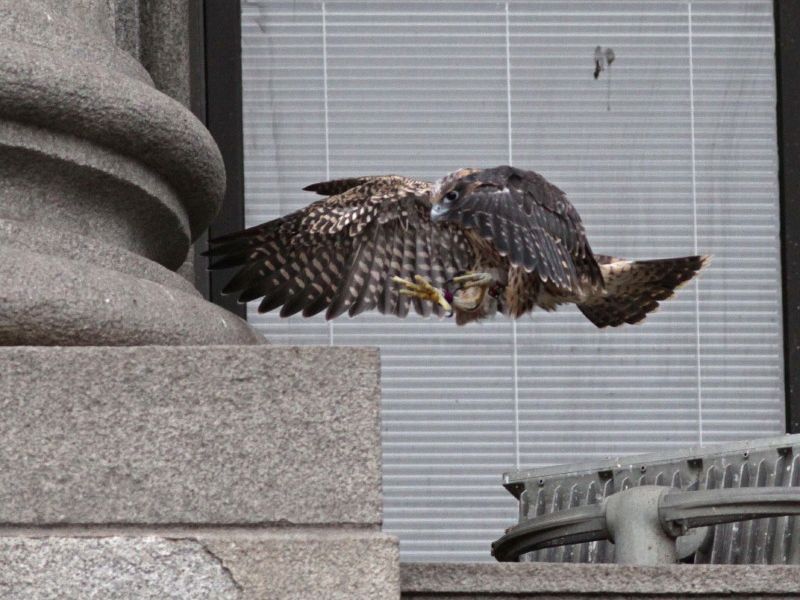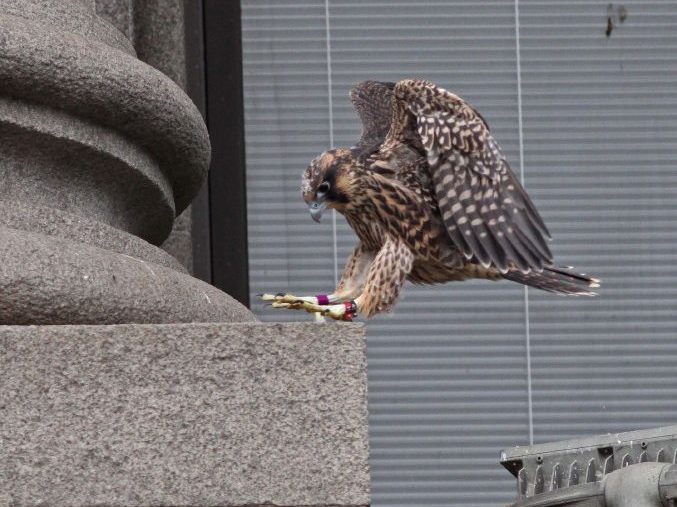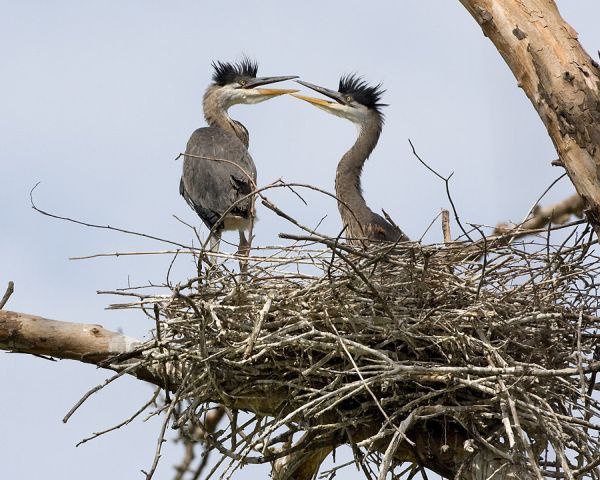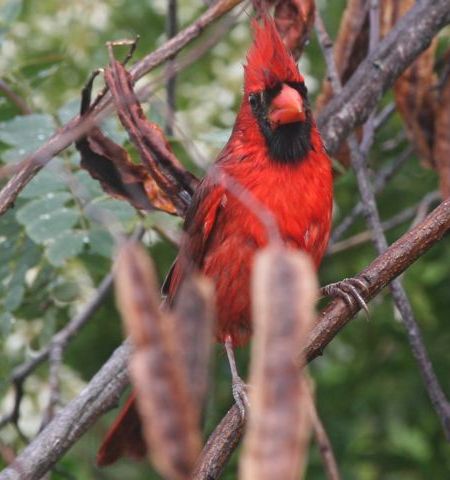
17 August 2009
Our robins and cardinals are looking pretty ragged lately. The adults are molting.
Their feathers wear out so birds molt to replace them. Robins and cardinals do it once a year. Long distance migrants molt twice. American goldfinches molt their body feathers twice a year but their closest finch relatives don’t. Who knows why.
Birds replace their feathers in a pattern across their bodies. Most replace their center two tail feathers, then the two tail feathers next to those and so on until their entire tail has new feathers. Their wings molt the same one feather at the same time on both wings. This prevents flight impairment because their wings are still the same on both sides. Heavy birds, like ducks and geese, molt all at once and are flightless for a short time each year.
I suppose August is as a good time as any to replace their feathers. April won’t do because they have to look beautiful and sleek during courtship. Rule out May through July because breeding season is too intense to be hampered by missing feathers. Winter is too cold which eliminates November through February. In the other months they’re migrating. So August it is.
I’ll be glad when they look normal again.
(photo of a wet northern cardinal by Chuck Tague)
p.s. Have your goldfinches started to turn dull yellow again? Mine have.

